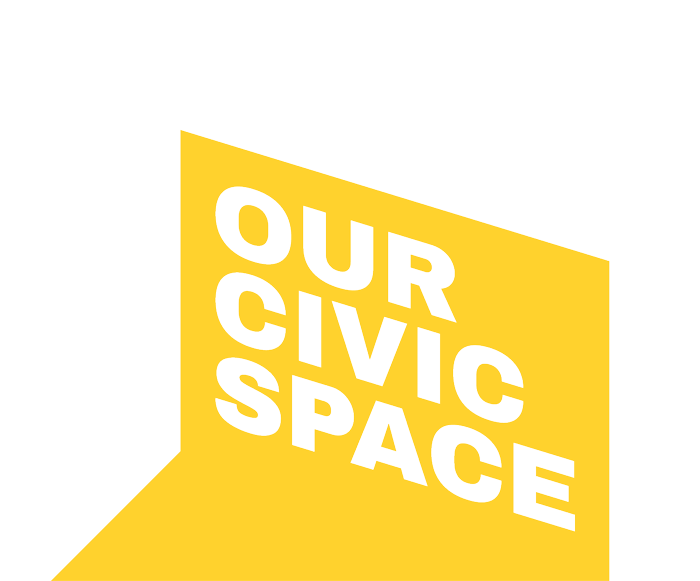How do you engage (and retain) girls in community sports?
Research shows that girls meet the physical activity guidelines less often than boys, especially in the age group of 12-18 years old. Adolescent girls develop other interests and sport seems to become less important. The lack of fun in sports is often the main reason for drop-out. For adolescent girls finding their way back to sports proves to be very difficult. This is where community sports can play an important role! But which aspects do you need to pay attention to if you want to engage and retain girls in community sports? (In this article you will find an overview of insights and practice stories, shared during the event #zijspeeltmee of ISA in the spring of 2020).
Success Stories from community sports coaches
Community sport coach Debby (municipality of Tilburg) and Angelique (Richard Krajicek Foundation) have successfully introduced the concept of girls’ sessions in community sports. From their experiences, they have listed four success factors of their approach:
1. Personal contact
- Make sure you get to know each girl and let the girls know that they matter
- Invest time in the girls, and you will see that they will also invest time in you
- Build activities around their wishes. Work ‘demand-oriented’ (use different techniques, see below under “What do girls want?”). Give the girls ownership: let them decide and organise.
- Let the girls participate. Give them a chance to develop outside the sessions and involve them in other community sport activities where possible.
2. Atmosphere, fun and safety
- Make sure the atmosphere and fun are leading (not sports). Plan a moment every now and then where the girls can have a chat and the focus is not on physical activity.
- Make sure the sessions are accessible. Tell them it is okay to bring their friends.
- Think carefully about the activity you offer. Especially the social aspect is important for girls: being together and working together. Offer a combination of sports, games and recreation.
- Create a safe environment in which the girls can exercise. This is both a physically safe environment (the physical place where the session takes place) and socially safe (an open and positive atmosphere where people listen to each other, help each other and respect each other).
3. Make use of role models
- Use older girls as role models, they are close to the target group and can be an extension of recruiting (new) girls.
- Be aware that as a community sports coach you also act as a role model. This means you have to set a good example as well. The girls look up to you and you often develop a strong connection with the girls.
4. Interdisciplinary cooperation – you can’t do it alone!
- Work together in the neighborhood where the girls live. Make an inventory: Who are you already working with? With whom can you cooperate (more)? For example: schools, youth work, social district team or the municipality.
- The combination of community sports coach and youth worker appears to be very successful cooperation , but this cooperation is often not self-evident.
If you want to involve girls in community sports, participation alone is not enough. Engagement is the magic word. If girls feel engaged in the sessions, have fun, can exercise in a safe environment and you as a community sports coach facilitate rather than direct, the girls will come back and you will create a sustainable activity with girls.
What do girls want?
As a community sports coach or youth worker, make sure you discover what the girls want. You can do this by talking to the girls in the community in different ways. For example, you can reflect with the girls after an activity. What did they like? What did they learn? Or you can use question cards (which you can make yourself) to find out what a group of girls wants, so you can hear the experiences and wishes of the girls. Talk to the girls to find out what activities they want to do, where, when and with whom. This way you can organise activities which have real support.
When you talk to the girls, use different forms. Ask them in groups, individually, but also during the ‘small talk’. This is when the girls say what they think and what they want. Also, be aware that every group and neighbourhood is different and requires different activities. One group may want to play sports indoors, another group may want to play sports outdoors or on a square. It also differs per group whether or not they want to play sports with boys.
How do you reach the girls?
If girls don’t know you, they won’t come to your sports activities. So go to them, join an activity they already do, get to know them and then invite them to join a community sport activity. It also works well for girls if you approach them at school or in the classroom (for example, during gym class). If you, as a community sports coach or youth worker, have already had a short talk with the girl at school and she gets to know you, she is more likely to come to your activity afterwards.
What should you take into account as a community sports coach or youth worker?
ISA – in cooperation with partners from the Erasmus+ programme ‘She Got Game’ – asked the girls themselves what they really want, what motivates them to come back and what their ideal girls’ session looks like. This resulted in eight important insights that a community sports coach or youth worker should take into account
- The environment: it is important to create a joyful, supportive and safe environment where only girls come together. Solidarity and appreciation for each other are essential features.
- Anti-performance culture: every girl-regardless of her skills – must be able to be herself and participate in all activities. The challenge is to create a culture in which you can make mistakes and you are not taken lightly. If possible, try to remove the competition element from the activities.
- Progress: however, this anti-performance culture should not be at the expense of the opportunities to develop as a girl. This requires creativity and planning of the neighborhood sports coaches.
- “Levelling the playing field”: as a community sports coach or youth worker, you have to divide your attention among the girls. Who needs extra attention or a push in the right direction, and who doesn’t? Think of different levels within the activities, so that all girls can participate on their own level.
- Building trust & relationships: building and maintaining relationships is essential. This applies both to the coach/youth worker and girls, and to girls among themselves. A close, trusting relationship contributes greatly to the girls’ motivation.
- Ownership: it is important to create a culture where it is normal for the girls to raise their voices and be heard. As a coach or youth worker you should be able to listen to this and adjust your activities accordingly.
- Friendships: friendships between girls are essential. Give ‘me time’ and space for this.
- Stability: in order to maintain the involvement of the girls, it is important to maintain stability. This means canceling as few sessions as possible and not rotating between coaches. Stability strongly helps with the feeling of unity and togetherness.
Written by ISA

